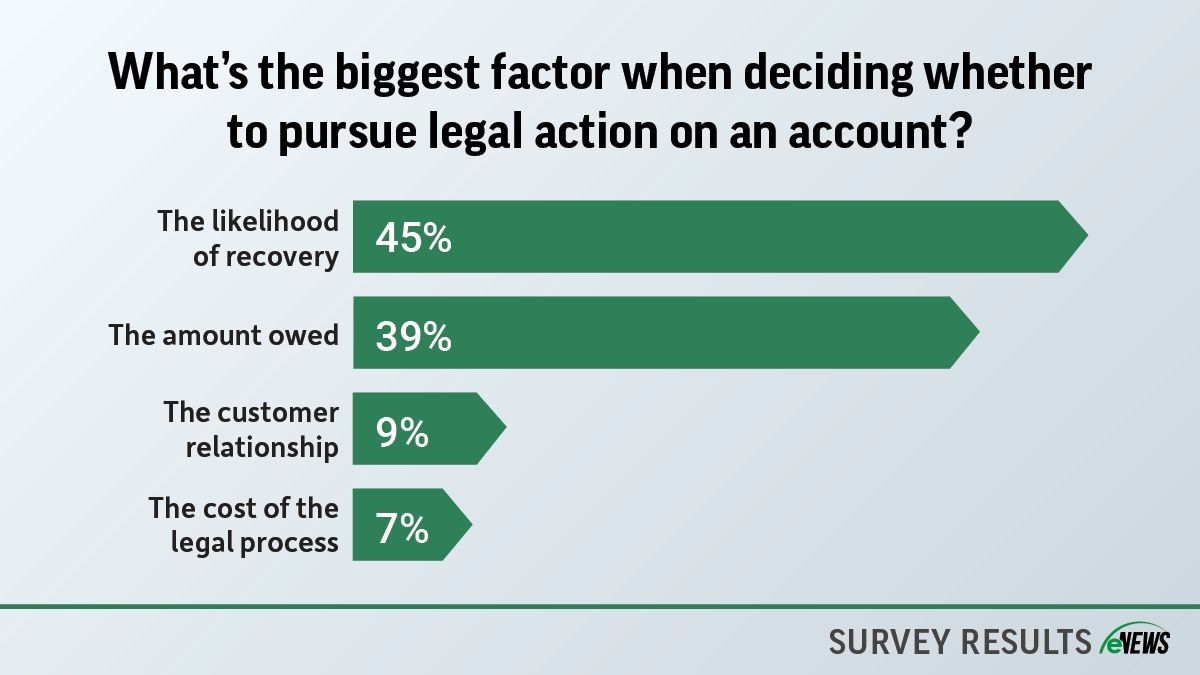eNews, Technology
Building bridges between credit and IT

Every credit manager knows the all-too-familiar sinking feeling that comes when your office tech is not working. Whether it’s as complicated as your automated collections system malfunctioning or as simple as your laptop not responding, it can be hard to know when and how to ask your IT department for help.
Why it matters: The credit department has significantly evolved over the last decade, with advancing technology transforming the profession. With technology’s growing importance in modern credit processes, the relationship between credit and IT departments is more important than ever.
The first step in building that relationship is mutually acknowledging the role each department plays within the company. While other corporate priorities may dim the needs of the credit department, working closely with the IT department can help you ensure that your department’s needs are addressed.
“We are so dependent on the servers and cyber security that our IT department manage, having a good relationship with IT is really important,” said Michelle Kelly, CCE, CCRA, CICP, senior credit manager at Mansfield Oil Company of Gainesville, Inc. (Gainesville, GA). “The IT department may not understand what the credit department does, so I have taken the time to cultivate that relationship so they not only understand what my team does and the functional use that we have for the organization but are also looking out for us.”
Technical difficulties are a given in any department, especially one that relies on technology as heavily as credit. When you are having trouble, it’s important that you help them solve the problem, instead of relying on them to immediately assess and solve issues without any insight. When you need to bring your issue to IT, taking screenshots and doing your best to explain what the problem looks like on your end can help communicate more complicated issues.
“Anytime we have an issue, we always try to do some due diligence first and try to see if we can figure out what the issue is or what the root cause may be,” said Juan Gondo, CPA, CFE, manager of Americas and EMEA credit for Eastman (Kingsport, TN). “We never just throw an issue over the fence and say, ‘Here, try and figure it out.’”
Engaging with your IT team doesn’t have to happen only when something goes wrong. “If you’ve just started a job and are looking to establish a relationship with IT, introduce yourself to them and get to know the manager,” Kelly said. “Take them to lunch and say, ‘I’m getting to know people in the company, and I wanted to take a few minutes to get to know you. How should someone in my position best interact with you? If we need software or need equipment, how do I approach that?’”
Forming a partnership between the two departments takes time, especially as both are often consumed by their work. Making time for short, casual meetings between departments can help build a strong relationship.
“Once a month, I invite an executive from another department to have lunch with my team and me,” said Terri Eggebeen, credit and collections manager at Fechheimer Brothers Company (Cincinnati, OH). “I had a lunch where the vice president of IT came in to talk to my team, and they asked great questions on how we could make the communication between the two departments flow better. It’s all about building bridges with every single department and keeping in mind that we are one team.”
While IT’s work is clearly invaluable to many credit departments, it is important that credit professionals understand that they are not the department’s only priority. “The IT department is under pressure from competing priorities just as many other departments are,” said Sam Mickelson, CBF, credit manager at Multivac (Kansas City, MO). “Having a positive working relationship helps ensure we get the most from our interactions with them. If they respect us and value our contributions to the company, there’s a higher likelihood we can work together to craft the best possible solutions.”
By building a strong rapport with their IT department, credit managers will be able to better advocate for their department’s needs and find potential system enhancements that best address those needs.
“Working with IT on system enhancements can help make sure that our system is capable of certain upgrades,” Eggebeen said. “If I am bringing in an outside vendor, before I sign with them, I meet with them and my IT department to make sure that we aren’t making changes that our system cannot accommodate.”
The bottom line: The IT department is an invaluable resource to the credit department. Taking the time to foster mutual respect and understanding between the two can help both departments work more efficiently.





